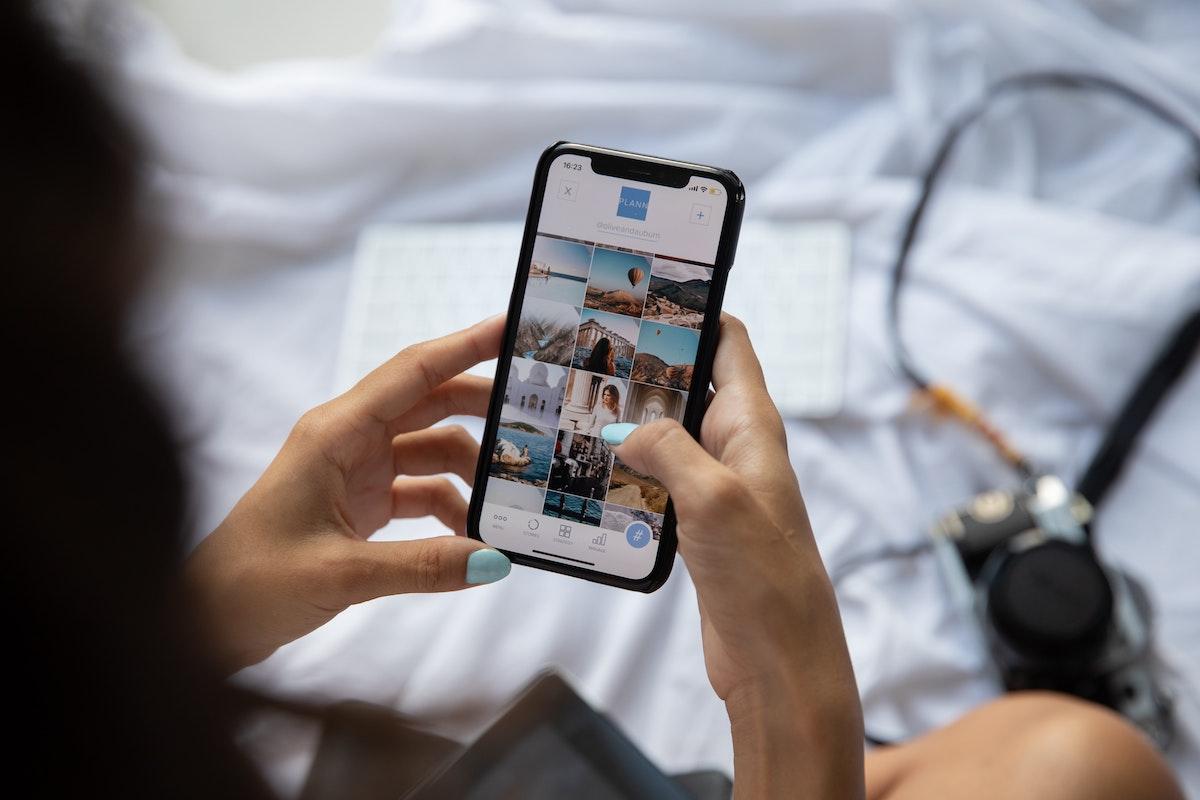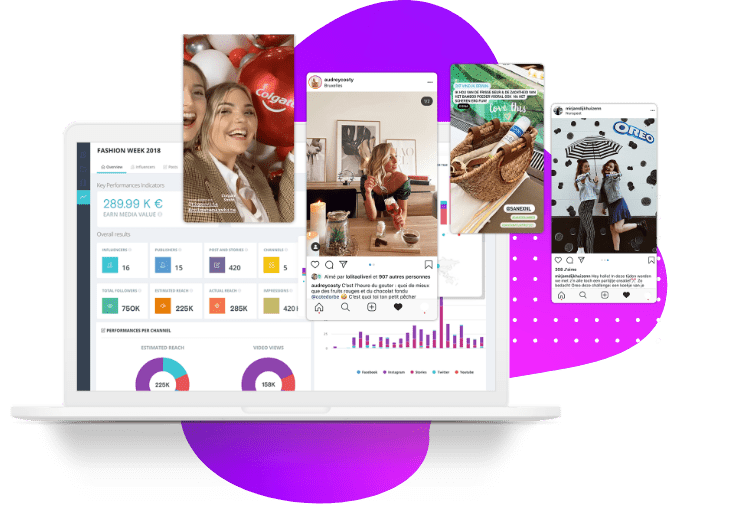Influencer marketing has been around for about ten years now. In the Benelux, this form of marketing has continued to grow over the past five years, as have the budgets that companies allocate to it. Currently, almost 70% of Benelux companies integrate influencers into their marketing strategy. They do this to increase their visibility, generate more awareness on social media or to support or improve their brand image. Below are the key results from the Stellar survey in terms of perceptions, KPIs and expected trends for the future.
Perception of influencer marketing
No less than 68% of Benelux marketers have worked with influencers in the past five years. For those who didn't, half of the cases were due to a lack of budget. Furthermore, 51% of Belgian marketers in the study believe that influencer marketing will become more important, compared to 80% in Luxembourg and 89% in the Netherlands. Furthermore, 55% of Belgian respondents are convinced that influencers make a marketing campaign more human. The survey also indicated that influencer marketing is becoming more important in the marketing mix but that not all objectives can be achieved with this form of marketing alone. Finally, 78% of Dutch respondents indicated that the budgets invested in influencer marketing will increase in the coming years, while 60% of Luxembourgers call for better regulation of influencer marketing.

The findings per market
Influencer marketing in Belgium
The main influencer marketing objectives for Belgian marketers are to gain exposure (63%), improve image (57%) and gain more followers (40%). Respondents indicated that influencer marketing is the second most profitable tool (45%). This second place is shared with press relations, while paid advertising on social media is at the top (65%). The biggest challenge on the Belgian market appears to be finding the right, relevant content creator to work with. The majority choose micro-influencers (89%) because of their high engagement (33%) and involvement during collabs (38%). The main social media networks for collaborations with influencers remain Instagram and TikTok. Finally, Belgian law requires influencers to make it clear when a collaboration is being paid for. The full guidelines can be found here.
Influencer marketing in the Netherlands
Dutch respondents also indicated that influencer marketing generates the second best ROI (67%), with paid social media at number one (78%). For Dutch marketers, the biggest challenges are: finding the right influencer (100%), using the right KPIs (56%) and calculating the fees for a collaboration (44%). In 2022, Dutch companies want to stand out more on TikTok (64%) and Instagram (52%). In terms of regulation, the same rules apply for content creators with more than 500K followers as for traditional media since July 2022. This means that they will have to register with the Commissariat for the Media and clearly state their collaborations.
Influencer marketing in Luxembourg
While Belgians and Dutch people indicated that they have been working with influencer marketing for about five years, marketers in Luxembourg have a maximum of two years of experience. The main objective of influencer marketing, according to the Luxembourg respondents, is to build brand awareness. Again, finding the right influencer is the biggest challenge (80%). For budget reasons, they mainly work with nano and micro-influencers (67%). The main social media network in 2022 remains Instagram (58%), with TikTok as number two with 42%. Currently, there is no specific regulation of influencers in Luxembourg, although they must comply with the laws of advertising (ALIA).

The key KPI’s
In order to run influencer campaigns successfully, there is a need for a clear vision on the rates influencers charge (67%), more insight and control on the KPIs (52%) and a clear regulation (37%). When analysing the results, the respondents indicated that they mainly look at engagements; reach, impressions and views; ROI and number of sales. The research shows that for the time being Earned Media Value isn't always taken into account. However, EMV is an interesting indicator for mapping the effectiveness of influencer campaigns and comparing them with PR campaigns.
Trends for 2022 and the future
While 50% of respondents had launched up to five influencer campaigns in 2021, the expected number for 2022 is 11. Furthermore, the number of companies investing between 50,000 and 100,000 euros in influencer marketing increased from 29% to 71%. The study also showed that respondents consider influencer marketing the 3rd most effective tool after Paid Social Media and SEO. TikTok and LinkedIn are also gaining in importance for influencer marketing, as are short videos for TikTok and Reels. In addition, the sector is expected to professionalise further. This includes the development of best practices and cooperation contracts with clear agreements. Finally, the focus is on impactful collaborations with authentic storytelling, preferably combined with a well-developed 360 campaign.
Would you like to read the full study or do you want to brainstorm about your own influencer marketing campaign? Don't hesitate to send an email to jo@thx.agency.




